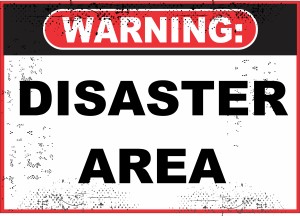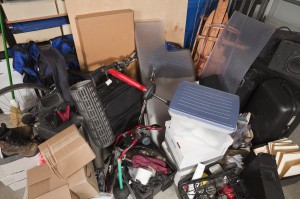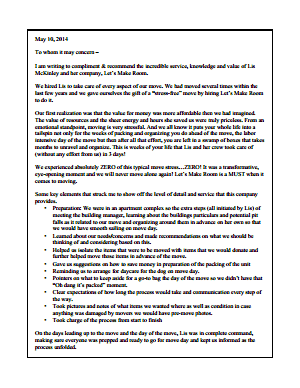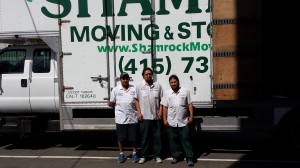Paper clutter. It’s like death and taxes. We all experience it but no one seems to know what to do about it.
First, the bad news. Despite all the hype about how we’re all going to be paperless in the 21st century, the reality is paper is not going away anytime soon.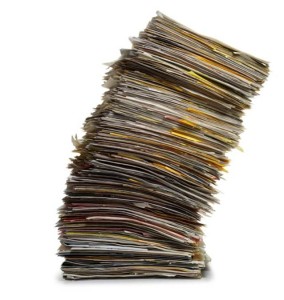
Here’s the good news. Most of what you keep, buried in your file cabinets or piled on your desk, you can probably toss. The challenge is knowing exactly what paper that is. In general the conventional wisdom states: keep the paper that would be difficult to replace if you lost it or if it’s likely you will need or want to refer to again. Everything else is optional.
If you still feel stuck, I’ve created a little memory device to help you manage and organize your paper so you can more easily find what you need when you need it and feel less stressed or fearful of overlooking – or tossing – something important.
Just remember the word ACT.
It’s actually an acronym for the guiding principle I use when working with clients overwhelmed by their paper piles. Here’s what it means:
All paper, no matter what it is — the bill from your plumber, last weeks newspaper, a grocery receipt, your Will — falls into only one of three categories: paper you act on, paper you contain, or paper you toss. Action. Contain. Toss. ACT for short. So what does this mean?
- ACTION: These are documents that prompt you to do something that’s worth your time and adds value to your life or protects you from consequence. It’s the paper that you decide is worth your time to attend to. Examples are bills to pay, checks to deposit, invitations to respond to, applications to complete, contracts to send, receipts to total for tax purposes, a document you need to discuss with someone. If there is no action needed then it falls into one of the next two categories. Contain or Toss.
- CONTAIN: These are documents you keep because you believe it’s likely you will read them, need to access them sooner or later or because they can’t be easily replaced. These can be anything from a business contract to a love letter. It includes all of the following:
- Assets such as property, stock certificates, receipts for high value items you own
- Liabilities such as bills you owe or your tax returns and supporting documents
- Insurance documents for your home, auto, other property you own or for you or your family’s health
Other than these you may also choose to keep the following but they are optional:
- Sentiments such as love letters, family photos, your children’s artwork or your 3rd grade report card
- Reading material such as current magazines, newsletters or books.
- Personal papers that are unique to you such as your lab results, articles about you or something you’ve written longhand
Everything else, TOSS. Be sure you safely toss or shred anything that has private or confidential information such as your social security number or an account number. The rest recycle: Examples include, empty envelopes, junk mail, old magazines and catalogs, expired coupons and anything not included in the first two categories.
The nice thing about this simple system is that you can organize your paper according to this same principle.
Paper you ACT on should be right where you can see it. In a tray or vertical file holder on your desk. This is especially true for paper bills. Keep your bills separate and visible. If you have paper that ‘s related to a larger project, such as an “Idea Book” for your kitchen remodel, keep that somewhere handy for quick reference.
Incoming paper such as mail should go into an “in-box” or tray big enough to hold it and small enough to remind you it’s time to look at it.
Paper you CONTAIN lives in different places depending upon how frequently you will need to access it – right away, sooner or later or rarely. Keep your “right away paper” such as frequently called numbers, a coupon you want to use that expires soon or a blank note pad on your desk or in your top desk drawer.
Paper you need to refer to “sooner or later” such as recently paid bills or records of your insurance from the current year, should be kept in a nearby file drawer or rolling file cabinet if you prefer. Most of this paper will eventually get tossed so don’t bother scanning it. Condense it as much as possible into the categories mentioned above: Assets, Liabilities, Insurance, Sentiments, Reading, Personal.
Paper you need to keep but “rarely” refer to can be kept accessible but doesn’t have to be within arms reach. This could be in a file box in your closet or even in another storage area of your home.
Finally, paper you toss should, be, well… tossed.
Keep at least one receptacle or trash can nearby for your recycled paper. Be careful to safely toss or shred any paper containing confidential information such as your social security number or an account number. If you have a lot of paper to shred, put it in a box for destruction and take it to a local shredding company. Alternately use an ink stamp to black out your confidential information. Then just toss.
That’s it. ACT – Act, Contain, Toss. Apply it to every piece of paper you pick up and you will never be overwhelmed by paper again.
